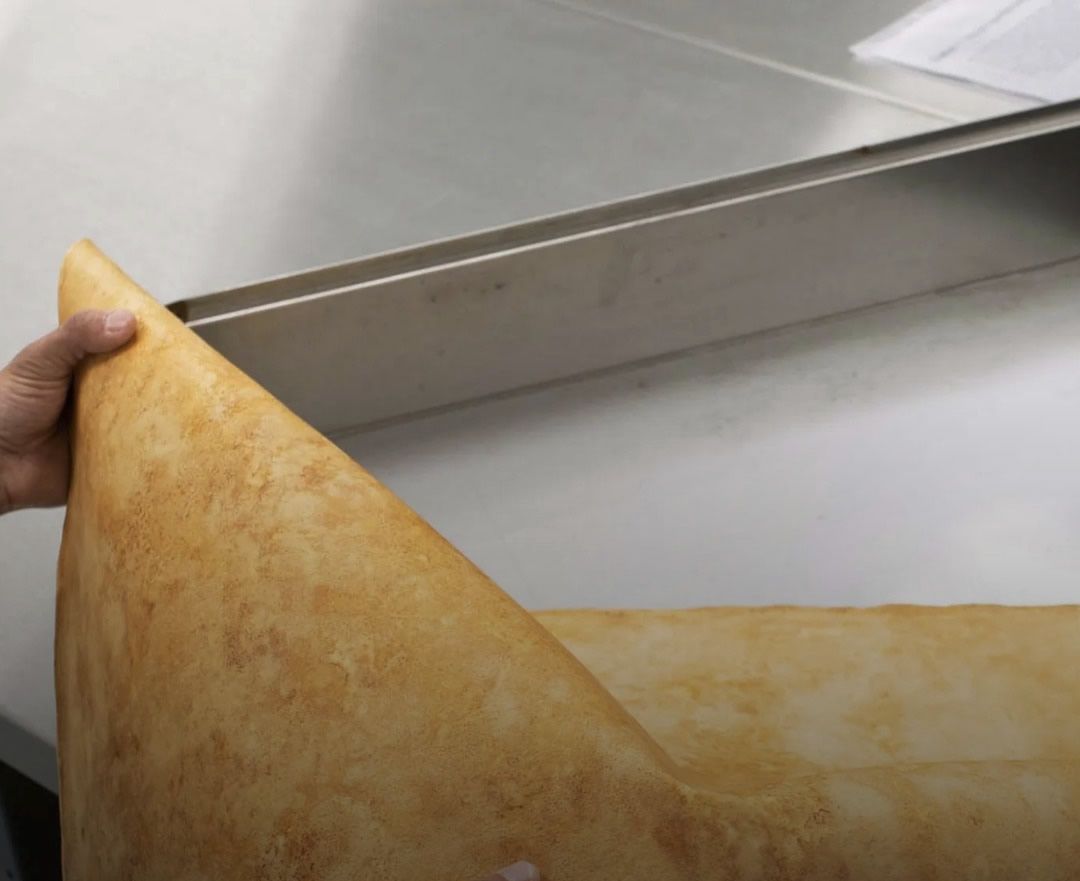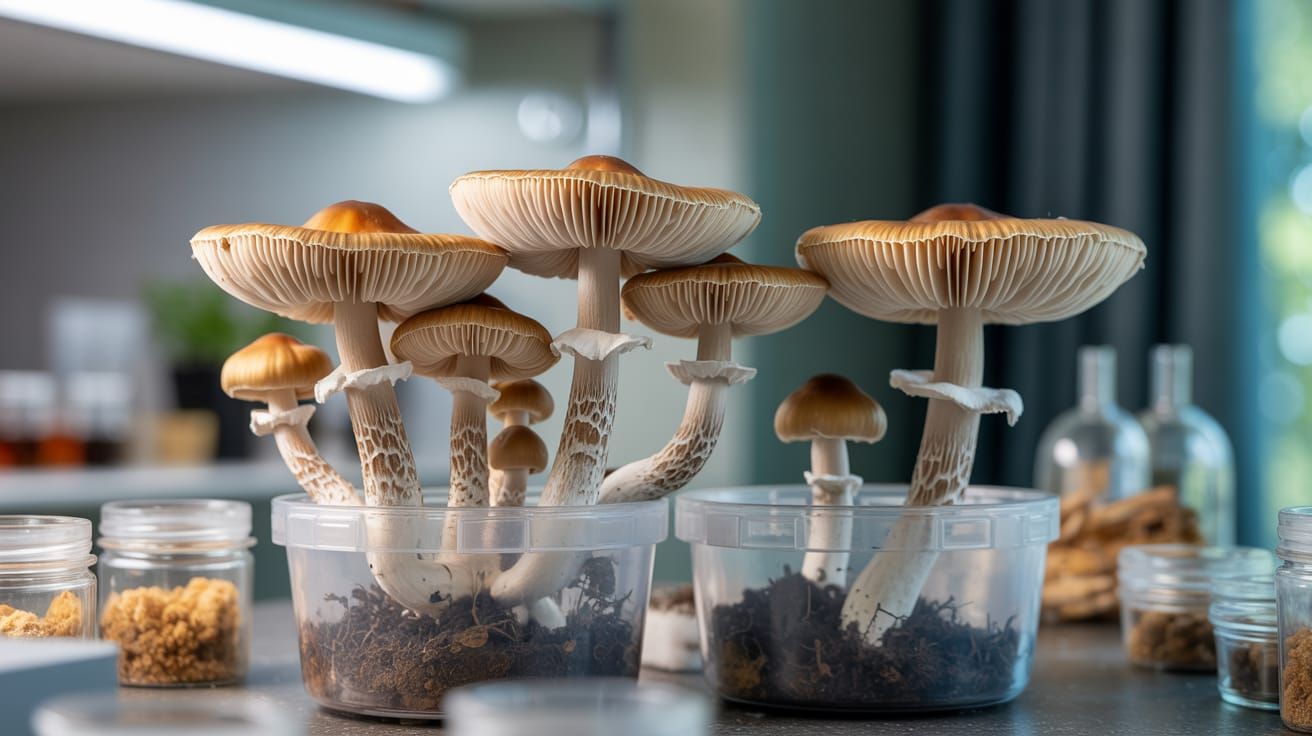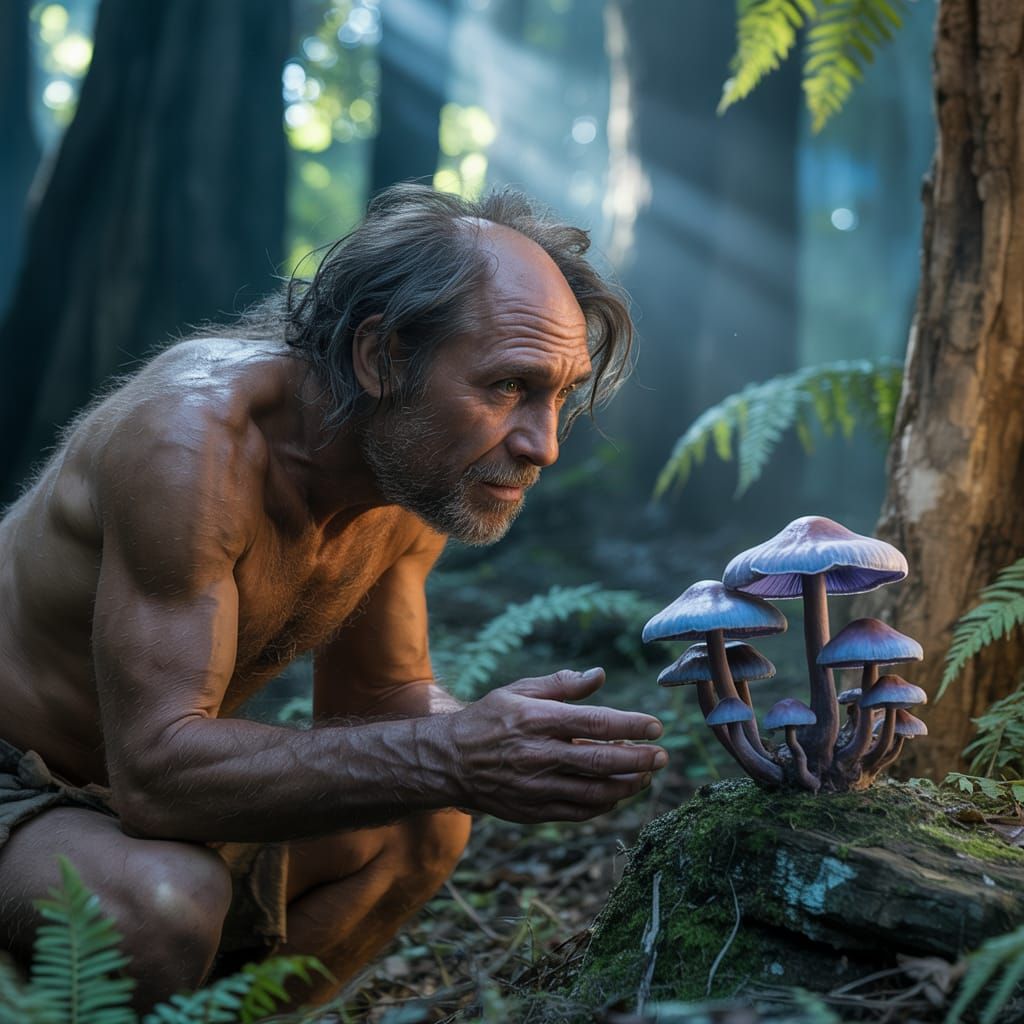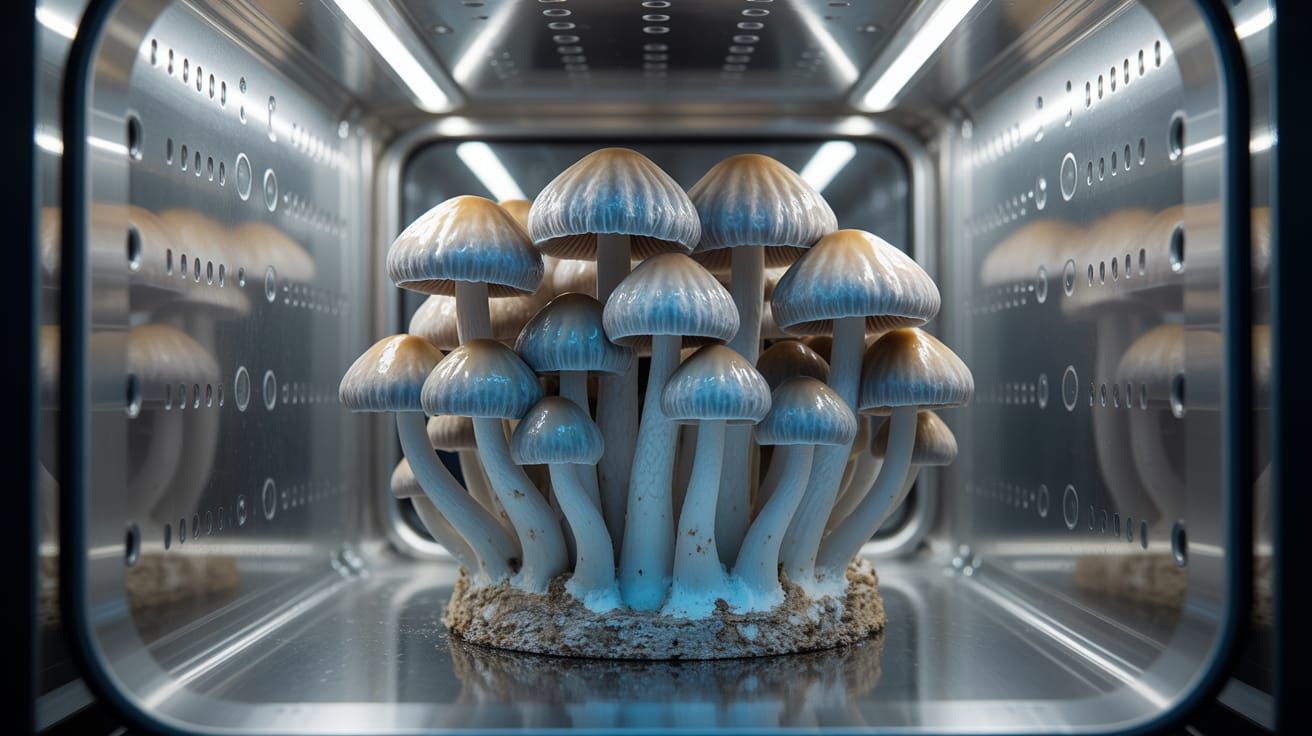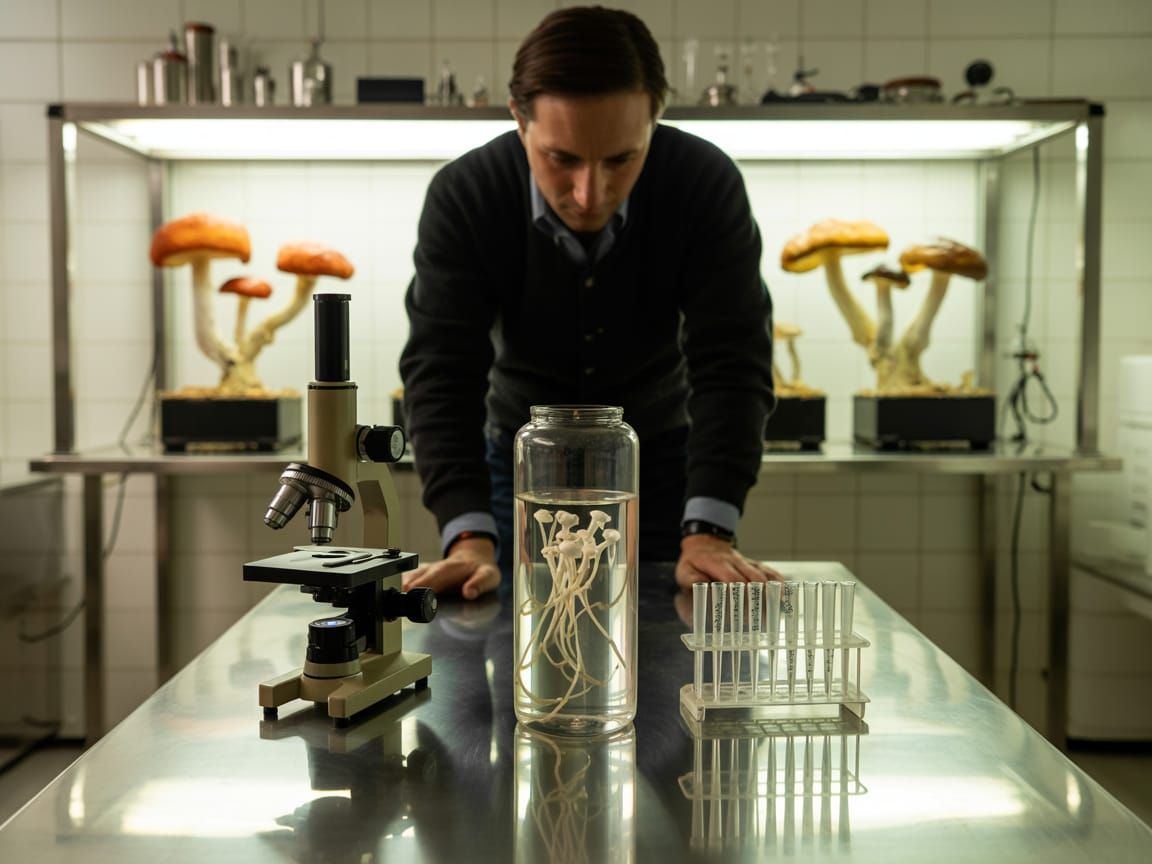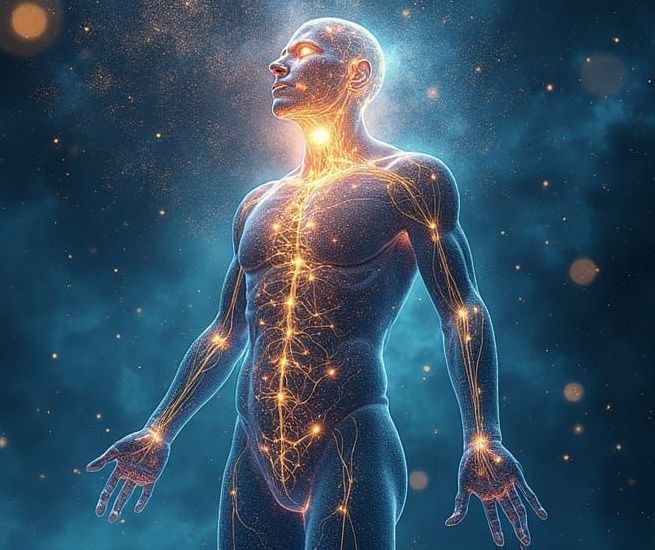Santa Claus, Magic Mushrooms, and the Psychedelic Origins of Christmas
When we think of Santa Claus, images of a jolly man in a red suit delivering gifts in a sleigh pulled by flying reindeer immediately come to mind. But what if this beloved holiday figure was more than just a symbol of generosity and joy? What if Santa was, in fact, a secret mycologist with a penchant for the magical world of mushrooms, flying around the globe spreading the spores? The connection between the Christmas story and the iconic red-and-white Amanita muscaria mushroom is a tale worth unwrapping this holiday season.
The Amanita muscaria: Nature's Holiday Ornament
The Amanita muscaria mushroom, with its bright red cap and white speckles, is one of nature's most festive creations. Its striking appearance mirrors the traditional colors of Santa’s suit, leading many to wonder if this mushroom inspired the modern image of Saint Nick. But the connection runs deeper than just aesthetics. In Siberian and Arctic shamanic traditions, Amanita muscaria was a central element in winter solstice rituals. These shamans, often dressed in red and white, harvested the mushrooms and distributed them to villagers as sacred gifts.
How did they deliver these gifts? Snow often blocked doorways, so shamans entered homes through the chimney or smoke hole—a detail that sounds suspiciously similar to Santa’s preferred method of entry. Coincidence? Perhaps not.
Reindeer, Flying Sleighs, and Psychedelic Revelations
Reindeer, native to the Arctic regions, play a starring role in Santa’s story. But they also have a curious relationship with Amanita muscaria. These animals are known to seek out the mushrooms, consuming them and exhibiting behaviors that could be described as "trippy." Some anthropologists suggest that the idea of Santa’s flying reindeer stems from these psychedelic experiences. Imagine villagers watching reindeer prance and leap under the influence of magic mushrooms and envisioning a sleigh soaring across the sky.
Santa the Secret Mycologist
Given all these connections, it’s not hard to imagine Santa Claus as an amateur mycologist—someone deeply knowledgeable about mushrooms and their unique properties. Perhaps he’s been studying fungal spores in his North Pole laboratory, understanding their ecological roles and hidden magic. If Santa were around today, we’re pretty sure he’d be sourcing high-quality spores from a trusted provider like Spores101.co.
While Amanita muscaria plays the starring role in these winter legends, modern mycologists have access to a vast array of fascinating species, including Psilocybe cubensis. For those interested in exploring the world of microscopy research, P. cubensis spores offer an opportunity to dive into fungal biology and uncover nature’s secrets—a pursuit Santa would surely approve of.
The Magic Mushroom Tree
The connection doesn’t end there. In shamanic traditions, mushrooms were often dried by hanging them on tree branches, resembling ornaments on a Christmas tree. This practice may have contributed to the festive tradition of decorating evergreen trees with lights and baubles. The tree, standing as a symbol of life during the darkest days of winter, becomes even more enchanting when adorned with gifts from the mycological world.
Embracing the Magic of the Holidays
As you celebrate the season with twinkling lights, evergreen boughs, and the familiar stories of Santa and his flying reindeer, take a moment to appreciate the potential origins of these beloved traditions. Could Santa Claus really be a mushroom-loving shaman, spreading cheer and a touch of psychedelic wonder? It’s a delightful thought to ponder as you sip your eggnog by the fire.
And if you’re curious about exploring the magical world of mushrooms for yourself, check out
Spores101.co. While they can’t promise flying reindeer, they do offer a fantastic selection of Psilocybe cubensis
spores for microscopy research. This holiday season, let’s toast to the magic of fungi and the enduring mystery of Santa Claus—the jolly old mycologist we never knew we needed.




